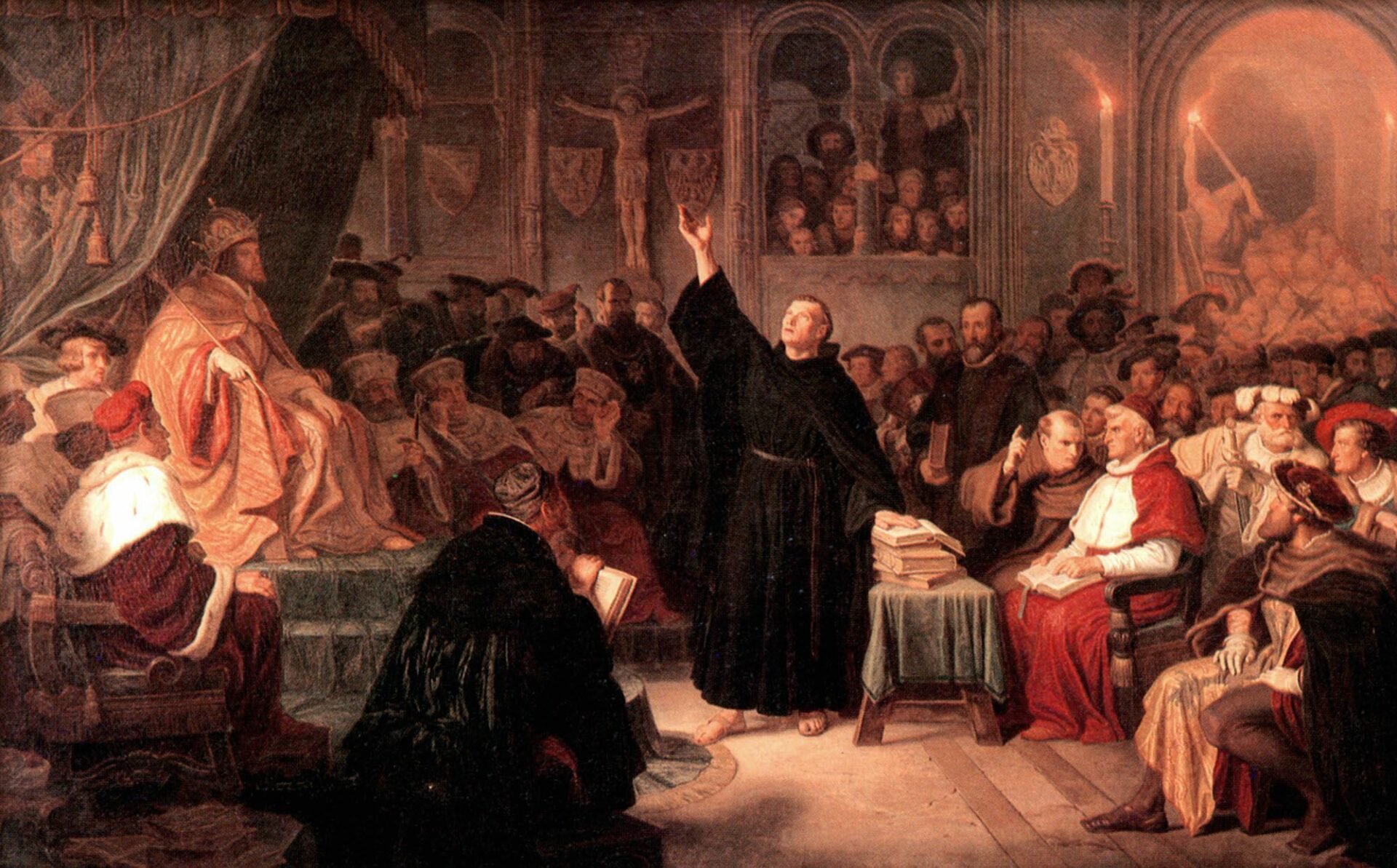The religious ferment from which Protestantism emerged was originally a ferment within the Catholic church, to which many who remained Catholics had contributed. Erasmus and other Christian humanists greatly influenced the early stages of what came to be called the Catholic Reformation. Particularly in Spain, but spreading throughout the Catholic world, there was a revival of mysticism and of popular religion.
The Catholic church achieved a large measure of reform from within. By winning back areas in Germany, Bohemia, Hungary, the Netherlands, and Poland, it limited the spread of Protestantism in the West. This Catholic Reformation (which Protestants usually call the Counter-Reformation) was a positive spiritual renewal that reinvigorated fundamental Catholic beliefs and practices.
They could not have been preserved, however, without secular aid. The powerful house of Habsburg, both in its Spanish and its German branches, was the active head of political Catholicism in the next generations. The French monarchs, though their support was often more political than religious, helped to keep France Catholic. In southern Germany and in Italy the reigning princes were powerful supporters of the old religion.
New orders of clergy greatly aided the Catholic renewal. During Leo’s pontificate an earnest group formed at Rome the Oratory of Divine Love, dedicated to the deepening of spiritual experience through special services and religious exercises. In the 1520s the Oratory inspired the founding of the Theatines, an order aimed particularly at the education of the clergy.
A new branch of the Franciscans, the Capuchins, appeared, to lead the order back to Francis’s own ideals of poverty and preaching to the poor. During the next decade half a dozen other new orders were established, among them the Ursuline nuns, pioneers in the education of young women.

